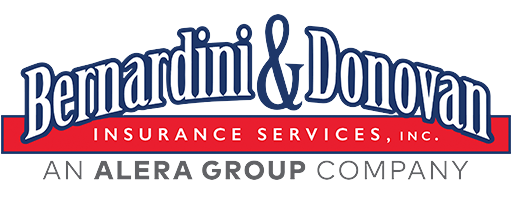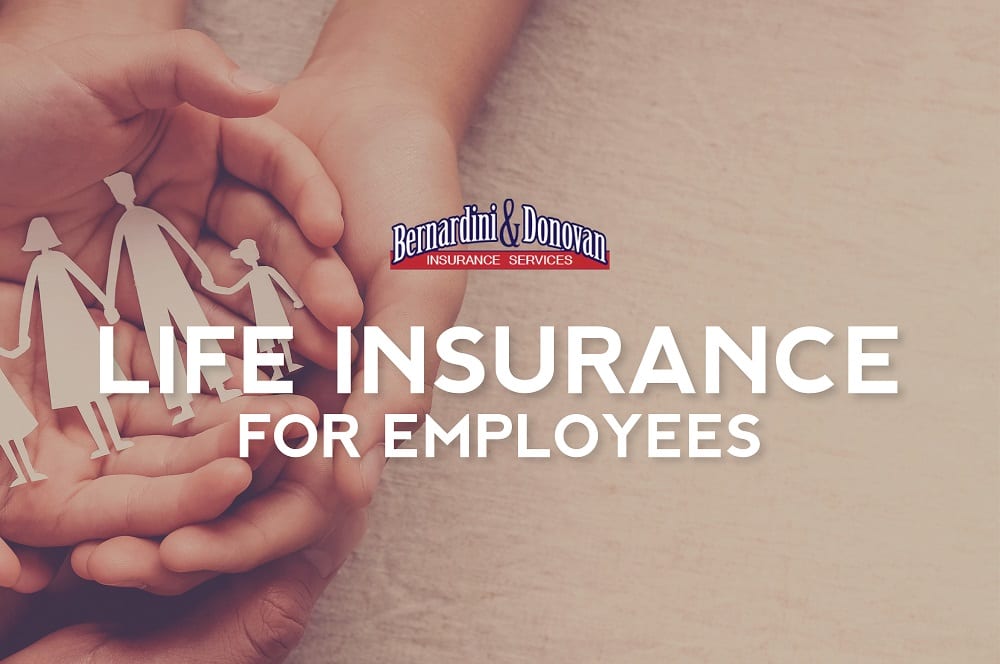
Life insurance serves as a safety net to the dependents of an employee in the case of their death. This is especially necessary for those who have families that rely on their income for support. And most often, such assurance is built through one’s employer. That’s why, for most job seekers, they require that their future employer offers life insurance .In this article, we will discuss the different types of employee life insurance and ways that it can be purchased.
Many employers offer basic life insurance to their employees as part of their benefits package either for free or at a very low cost. This is typically a predetermined, fixed amount that usually equates to the employee’s salary. For most people, if they are single and have no dependents, this initial amount is plenty, and they are unlikely to purchase more coverage. However, most companies provide the option to buy supplemental life insurance for whoever requires it– typically those with children.
The benefit of offering employee life insurance:
Providing life insurance to potential employees will attract talented professionals and make your business stand out as a preferred employer. That’s because job seekers everywhere hope to have peace of mind in the case of their death and assurance that their loved ones will be financially cared for. This financial cushion for the employee’s survivors is an essential aspect of their benefits package. So, keep in mind as an employer, that not only will providing life insurance be attractive to potential employees, but it may be expected as well. Life insurance, however, is not offered in one fixed way. There are a variety of means for providing life insurance to employees.
Ways to purchase employee life insurance:
Term Life Insurance– This is the simplest way to buy life insurance as it does not involve an investment component. Most financial advisors will recommend opting for this variety as it is uncomplicated and sufficient for the needs of most employees. Term life insurance suggests that the employer of the insured pays a monthly, quarterly, or annual fee for the agreed-upon amount of coverage. While no investment or cash value will accumulate or build in this type of insurance policy, the account is paid in full back to the survivors upon the death of the employer.
Short Term Life Insurance– These policies work like term life insurance, with the exception that they have a time limit of some sort. In some facets, the premium fee increases gradually with the age of the employee. In others, there is an expiration date, typically at the age of 70.
Permanent Life Insurance– These types of policies build gain value over time and tend to be more expensive. And especially older patients will need to pay a significant premium fee for their benefits. There are various types of permanent life insurance plans. The most common, however, are whole life, variable life, and universal life.
Types of Permanent Life Insurance:
Whole Life Insurance– This type of insurance is considered an investment because it will accumulate money that can be withdrawn in the case of an emergency. As long as you pay the premium, it will cover you for your entire life. However, you can initiate the end of the policy if you choose to cash in on it before you die. Despite this potential perk, most experts would not consider this a particularly good investment as the rate of return is typically pretty small.
Variable Life Insurance– This, like any policy, will provide money to an employee’s beneficiaries when they die. It is referred to as variable because it allows the insured to distribute the premium paid to a separate account, which could be composed of multiple investment funds. These could be a stock fund, money market account, or a bond fund. The value of this policy will depend on one’s investments, in addition to the minimum required by the insurance company.
Universal Life Insurance– This facet comes with a savings component that builds on a tax-deferred basis. So, a part of the employee’s premium will be invested by the insurance company in bonds, mortgages, and money market funds. And this return rate from these investments will be awarded to the policyholder on a tax-deferred basis. But, despite the performance of the company’s investments, the employee will still receive a minimum return of 4 percent.
Employee life insurance, among all company-provided health benefits, is appreciated and sought after by job seekers everywhere. In fact, in most cases, it is expected and necessary, especially among those with several dependents. So, as an employer, be sure that you can offer your employees and future team members the peace of mind that life insurance brings. If you have any concerns or questions regarding this subject, please do not hesitate to reach out to us at Bernardini and Donovan. Our team of experts is prepared to assist you as you prepare to offer your employees life insurance!


